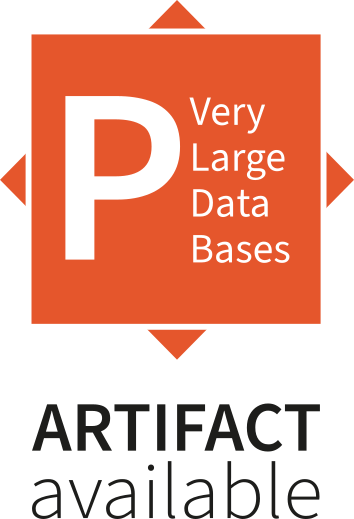go back
go back
Volume 16, No. 8
An Experimental Evaluation of Process Concept Drift Detection
Abstract
Process mining provides techniques to learn models from event data. These models can be descriptive (e.g., Petri nets) or predictive (e.g., neural networks). The learned models offer operational support to process owners by conformance checking, process enhancement, or predictive monitoring. However, processes are frequently subject to significant changes, making the learned models outdated and less valuable over time. To tackle this problem, Process Concept Drift (PCD) detection techniques are employed. By identifying when the process changes occur, one can replace learned models by relearning, updating, or discounting pre-drift knowledge. Various techniques to detect PCDs have been proposed. However, each technique’s evaluation focuses on different evaluation goals out of accuracy, latency, versatility, scalability, parameter sensitivity, and robustness. Furthermore, the employed evaluation techniques and data sets differ. Since many techniques are not evaluated against more than one other technique, this lack of comparability raises one question: How do PCD detection techniques compare against each other? With this paper, we propose, implement, and apply a unified evaluation framework for PCD detection. We do this by collecting evaluation goals and evaluation techniques together with data sets. We derive a representative sample of techniques from a taxonomy for PCD detection. The implemented techniques and proposed evaluation framework are provided in a publicly available repository. We present the results of our experimental evaluation and observe that none of the implemented techniques works well across all evaluation goals. However, the results indicate future improvement points of algorithms and guide practitioners.
PVLDB is part of the VLDB Endowment Inc.
Privacy Policy